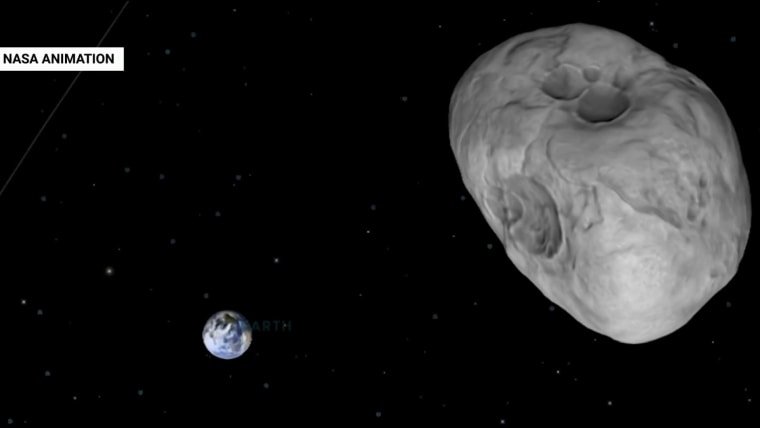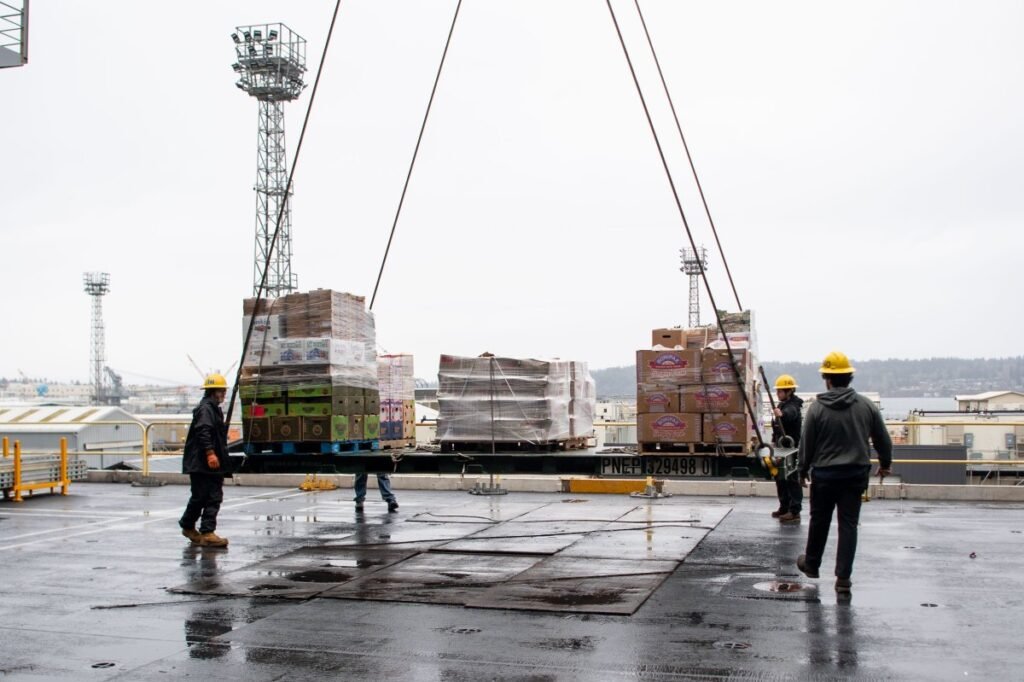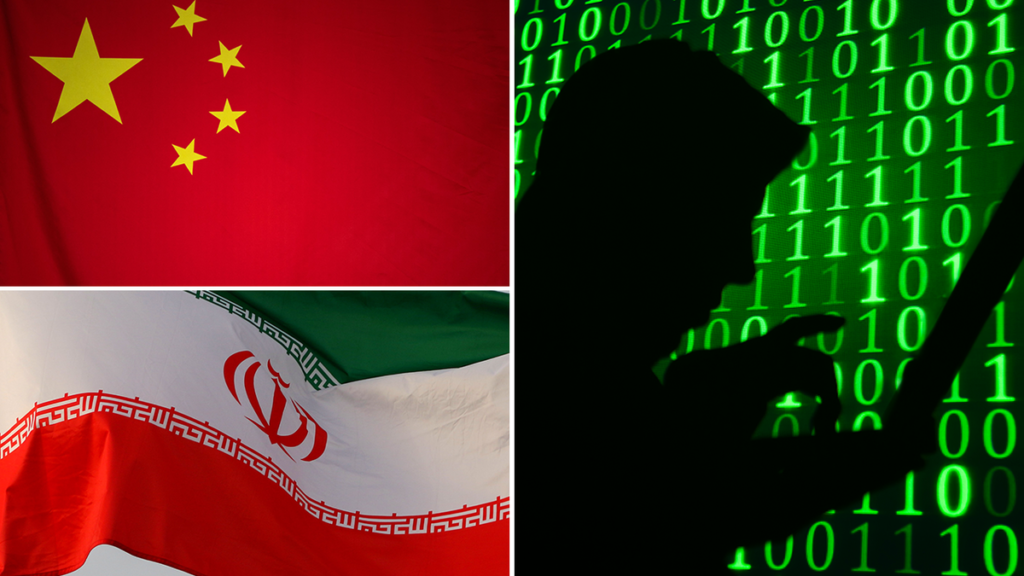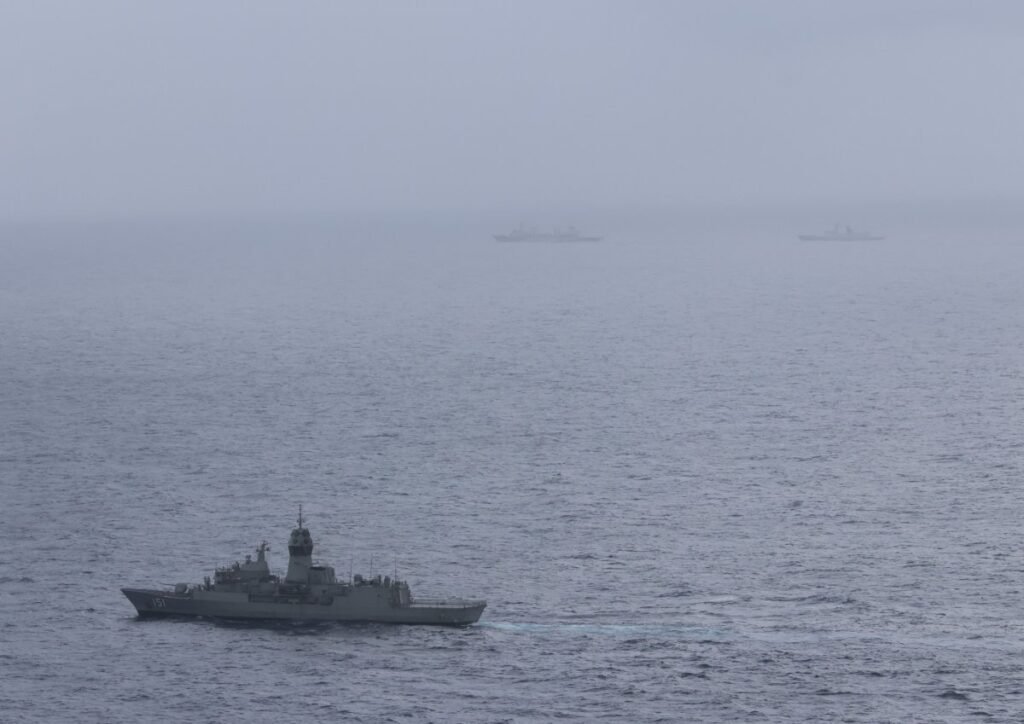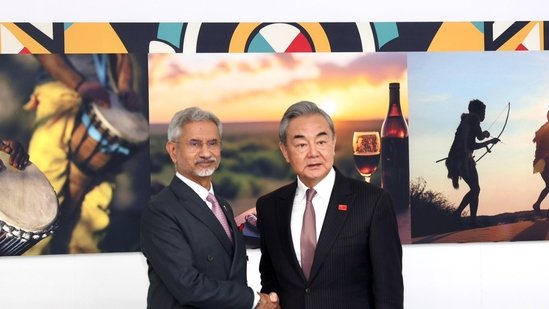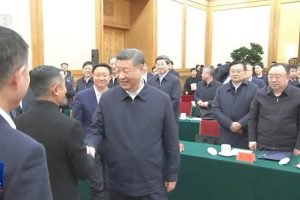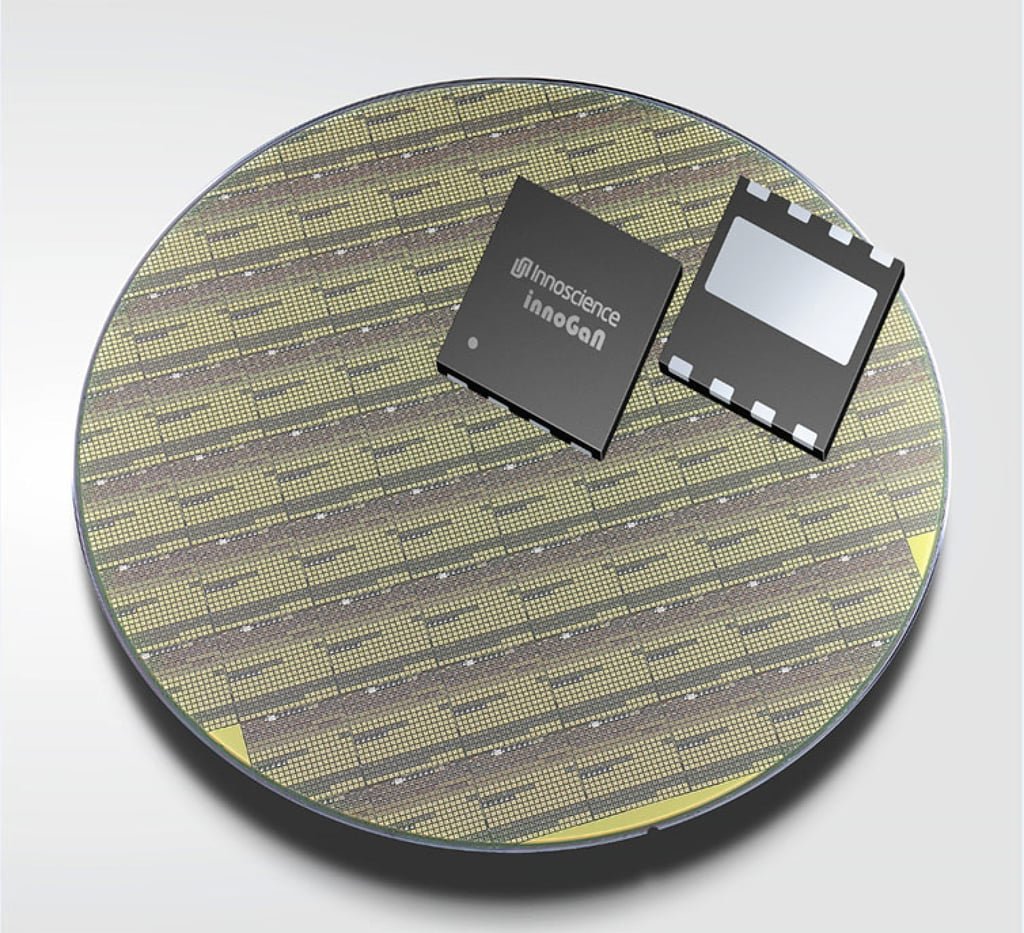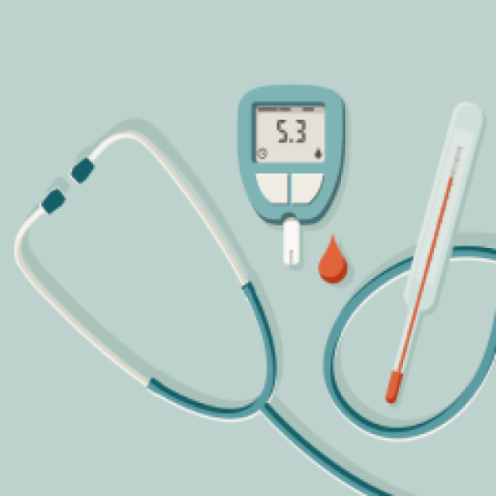The U.N. nuclear watchdog collected samples of treated radioactive water at the crippled Fukushima Daiichi nuclear power plant on Friday, with China participating for the first time.
Japan and China have agreed to Beijing’s involvement in the sampling and analysis of the discharged water under the framework of the International Atomic Energy Agency. The latest move is part of efforts to facilitate China’s resumption of Japanese seafood imports, government officials said.

Photo taken on Feb. 15, 2025, from a Kyodo News helicopter shows the crippled Fukushima Daiichi nuclear power plant in Fukushima Prefecture, northeastern Japan. (Kyodo) ==Kyodo
In addition to the IAEA, Chinese, South Korean, Swiss and French analysts joined the activity. On Friday, liquid samples were taken from a tank at the site, where treated water is stored before being diluted with seawater.
Some reactors at the Fukushima power plant experienced core meltdowns following the magnitude 9.0 earthquake and ensuing tsunami in March 2011. The operator began releasing treated radioactive water from the plant into the sea in August 2023, triggering a backlash from China.
Related coverage:
China takes 1st Japanese fish samples in IAEA-led expanded monitoring
China stresses need to keep monitoring water near Fukushima plant





